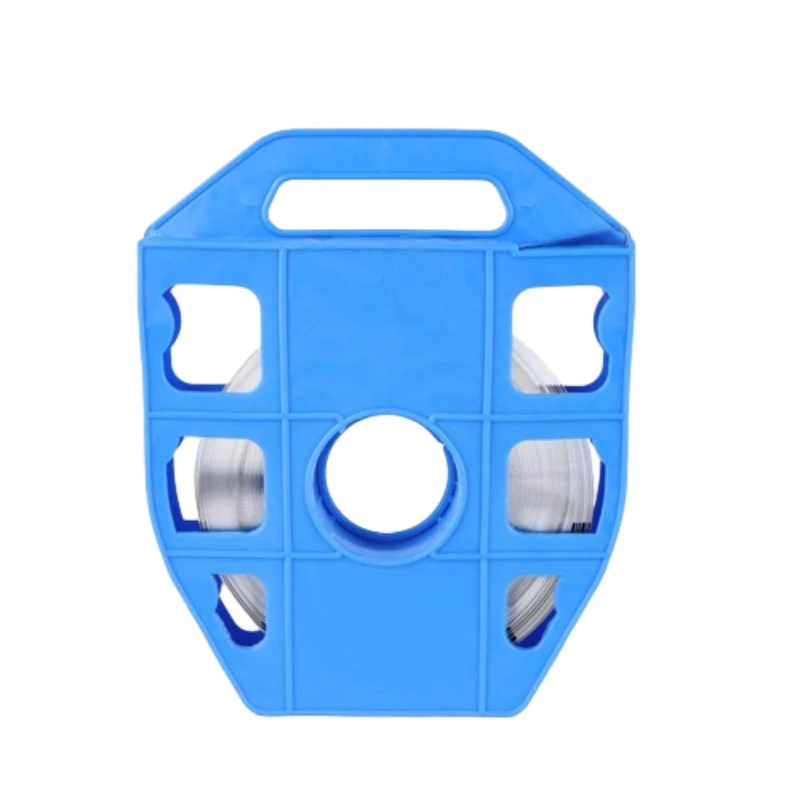
-
 Afrikaans
Afrikaans -
 Albanian
Albanian -
 Amharic
Amharic -
 Arabic
Arabic -
 Armenian
Armenian -
 Azerbaijani
Azerbaijani -
 Basque
Basque -
 Belarusian
Belarusian -
 Bengali
Bengali -
 Bosnian
Bosnian -
 Bulgarian
Bulgarian -
 Catalan
Catalan -
 Cebuano
Cebuano -
 Corsican
Corsican -
 Croatian
Croatian -
 Czech
Czech -
 Danish
Danish -
 Dutch
Dutch -
 English
English -
 Esperanto
Esperanto -
 Estonian
Estonian -
 Finnish
Finnish -
 French
French -
 Frisian
Frisian -
 Galician
Galician -
 Georgian
Georgian -
 German
German -
 Greek
Greek -
 Gujarati
Gujarati -
 Haitian Creole
Haitian Creole -
 hausa
hausa -
 hawaiian
hawaiian -
 Hebrew
Hebrew -
 Hindi
Hindi -
 Miao
Miao -
 Hungarian
Hungarian -
 Icelandic
Icelandic -
 igbo
igbo -
 Indonesian
Indonesian -
 irish
irish -
 Italian
Italian -
 Japanese
Japanese -
 Javanese
Javanese -
 Kannada
Kannada -
 kazakh
kazakh -
 Khmer
Khmer -
 Rwandese
Rwandese -
 Korean
Korean -
 Kurdish
Kurdish -
 Kyrgyz
Kyrgyz -
 Lao
Lao -
 Latin
Latin -
 Latvian
Latvian -
 Lithuanian
Lithuanian -
 Luxembourgish
Luxembourgish -
 Macedonian
Macedonian -
 Malgashi
Malgashi -
 Malay
Malay -
 Malayalam
Malayalam -
 Maltese
Maltese -
 Maori
Maori -
 Marathi
Marathi -
 Mongolian
Mongolian -
 Myanmar
Myanmar -
 Nepali
Nepali -
 Norwegian
Norwegian -
 Norwegian
Norwegian -
 Occitan
Occitan -
 Pashto
Pashto -
 Persian
Persian -
 Polish
Polish -
 Portuguese
Portuguese -
 Punjabi
Punjabi -
 Romanian
Romanian -
 Russian
Russian -
 Samoan
Samoan -
 Scottish Gaelic
Scottish Gaelic -
 Serbian
Serbian -
 Sesotho
Sesotho -
 Shona
Shona -
 Sindhi
Sindhi -
 Sinhala
Sinhala -
 Slovak
Slovak -
 Slovenian
Slovenian -
 Somali
Somali -
 Spanish
Spanish -
 Sundanese
Sundanese -
 Swahili
Swahili -
 Swedish
Swedish -
 Tagalog
Tagalog -
 Tajik
Tajik -
 Tamil
Tamil -
 Tatar
Tatar -
 Telugu
Telugu -
 Thai
Thai -
 Turkish
Turkish -
 Turkmen
Turkmen -
 Ukrainian
Ukrainian -
 Urdu
Urdu -
 Uighur
Uighur -
 Uzbek
Uzbek -
 Vietnamese
Vietnamese -
 Welsh
Welsh -
 Bantu
Bantu -
 Yiddish
Yiddish -
 Yoruba
Yoruba -
 Zulu
Zulu


loka . 15, 2024 10:47 Back to list
Innovative Solutions for Efficient Use of Cord Clamps in Various Applications
The Importance of Cord Clamps in Newborn Care
In the realm of neonatal care, cord clamps play a pivotal role in ensuring the health and safety of newborns. These small yet critical medical devices are designed to manage the umbilical cord after birth, providing necessary benefits both immediately and in the longer term.
The umbilical cord is a vital conduit during pregnancy, facilitating the transfer of nutrients and oxygen from the mother to the fetus. Upon delivery, the umbilical cord is ideally clamped and cut, allowing the new life to begin its independent journey outside the womb. This is where cord clamps come into play. They serve multiple purposes, ensuring the process is safe for both the infant and the mother.
One of the primary functions of cord clamps is to prevent excessive bleeding. After the umbilical cord is cut, the blood vessels within it can continue to bleed if not properly managed. The use of cord clamps securely occludes these vessels, minimizing the risk of hemorrhage in both the baby and the placenta. This is particularly crucial in cases where the baby is delivered prematurely or when there are complications during childbirth.
In recent years, there has been growing advocacy for delayed cord clamping, which involves waiting a short period before clamping the cord. Research has shown that this practice allows for a greater transfer of blood from the placenta to the newborn, increasing iron levels and potentially reducing anemia later in life. Given this understanding, cord clamps have evolved to accommodate delayed clamping practices. Many modern clamps are designed to be easily applied and removed, providing healthcare professionals with the flexibility to perform this practice safely.
cord clamps

Moreover, cord clamps are important for infection control. By securely clamping the cord, the risk of infection at the site of the umbilical stump is significantly reduced. This is particularly vital in settings where sterile conditions may be compromised. Once clamped, the umbilical stump can then begin to dry out and fall off naturally, a process that generally takes one to two weeks. The use of a reliable cord clamp can prevent contamination and subsequent infections during this sensitive period.
In addition to their physical health benefits, cord clamps have economic implications as well. By reducing the risk of complications and the need for additional medical interventions, the use of cord clamps can lead to lower healthcare costs. Early problems associated with improper management of the umbilical cord can result in prolonged hospital stays and increased treatment costs.
While cord clamps are essential tools, it is also important for healthcare professionals to be trained in their proper use. Each style of clamp comes with its set of instructions. For instance, some clamps require careful application to ensure they do not slip off while also being firm enough to prevent bleeding. Training healthcare providers on the use of these devices ensures best practices are followed, leading to better outcomes for newborns.
As we move forward, it is essential that advancements in technology continue to enhance the design and functionality of cord clamps. Innovative designs that prioritize ease of use, safety, and effectiveness will undoubtedly improve the standard of care provided to newborns globally.
In conclusion, cord clamps may seem like a small detail in the grand scheme of childbirth, but their impact is profound. By preventing bleeding, promoting infection control, facilitating delayed cord clamping, and ultimately safeguarding newborn health, these simple devices are an indispensable part of neonatal care. As we strive to improve our approaches to maternal and infant health, recognizing and utilizing the importance of cord clamps is essential for fostering healthy beginnings for every new life.
Latest news
The Unique Design of Cable Socks
NewsJun.04,2025
Swivel Connectors in Industrial Automation
NewsJun.04,2025
Safety Features of Link Sticks
NewsJun.04,2025
How to choose the best cable pulling winch for sale
NewsJun.04,2025
Fish tape safety precautions
NewsJun.04,2025
Essential Maintenance Tips for Cable Pulling Tools
NewsJun.04,2025











